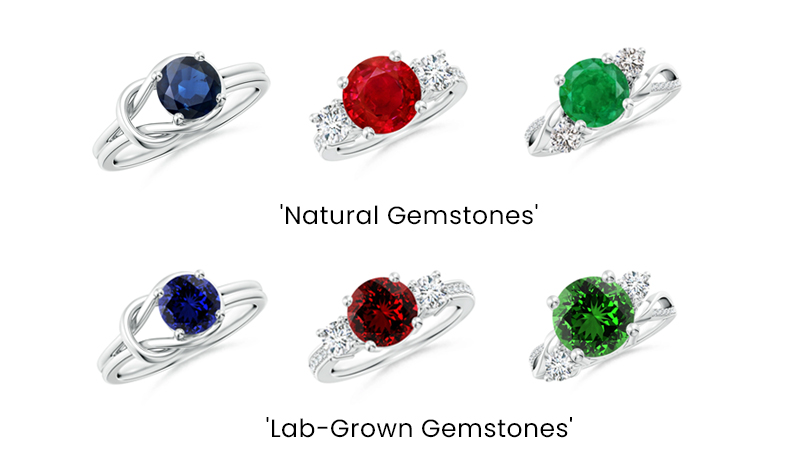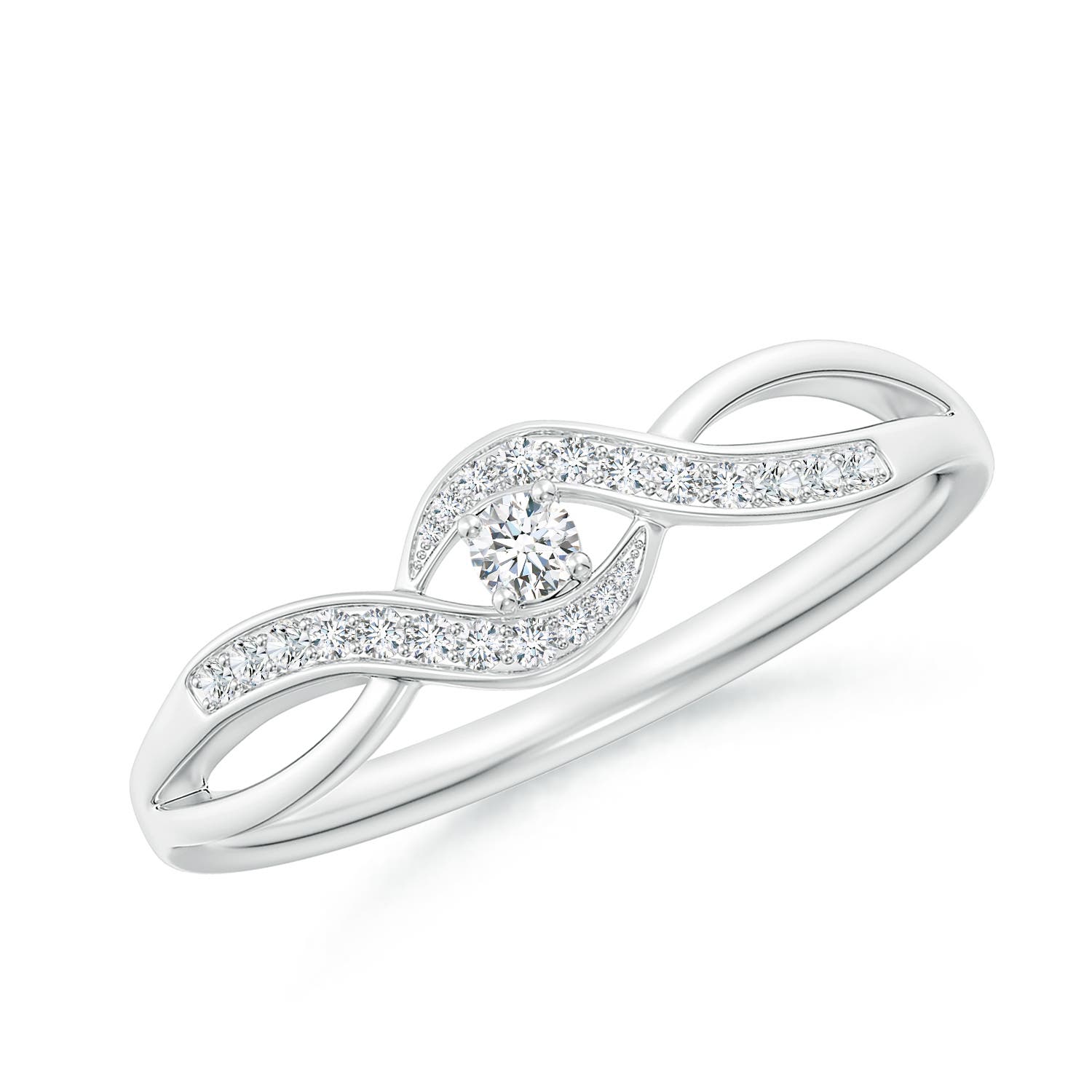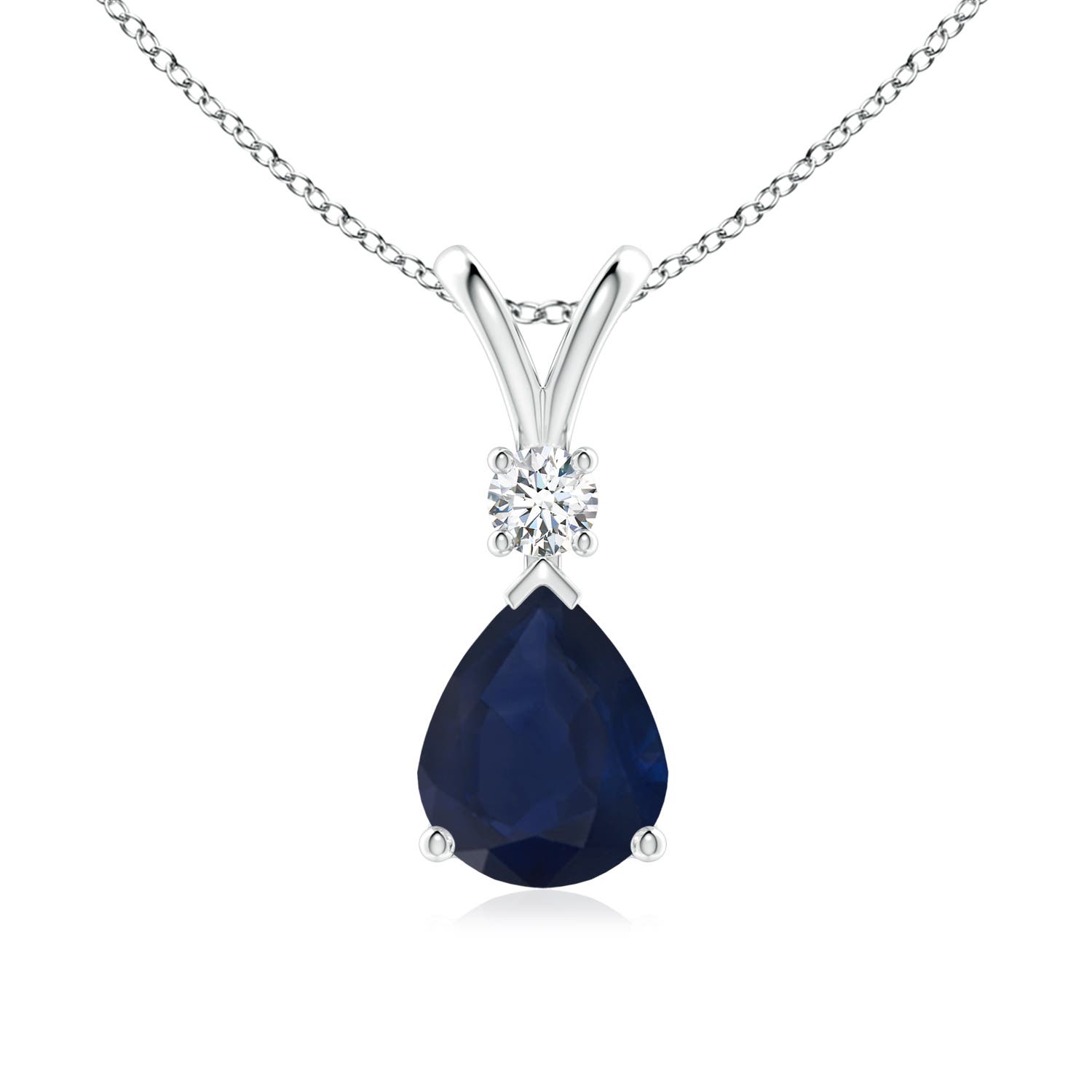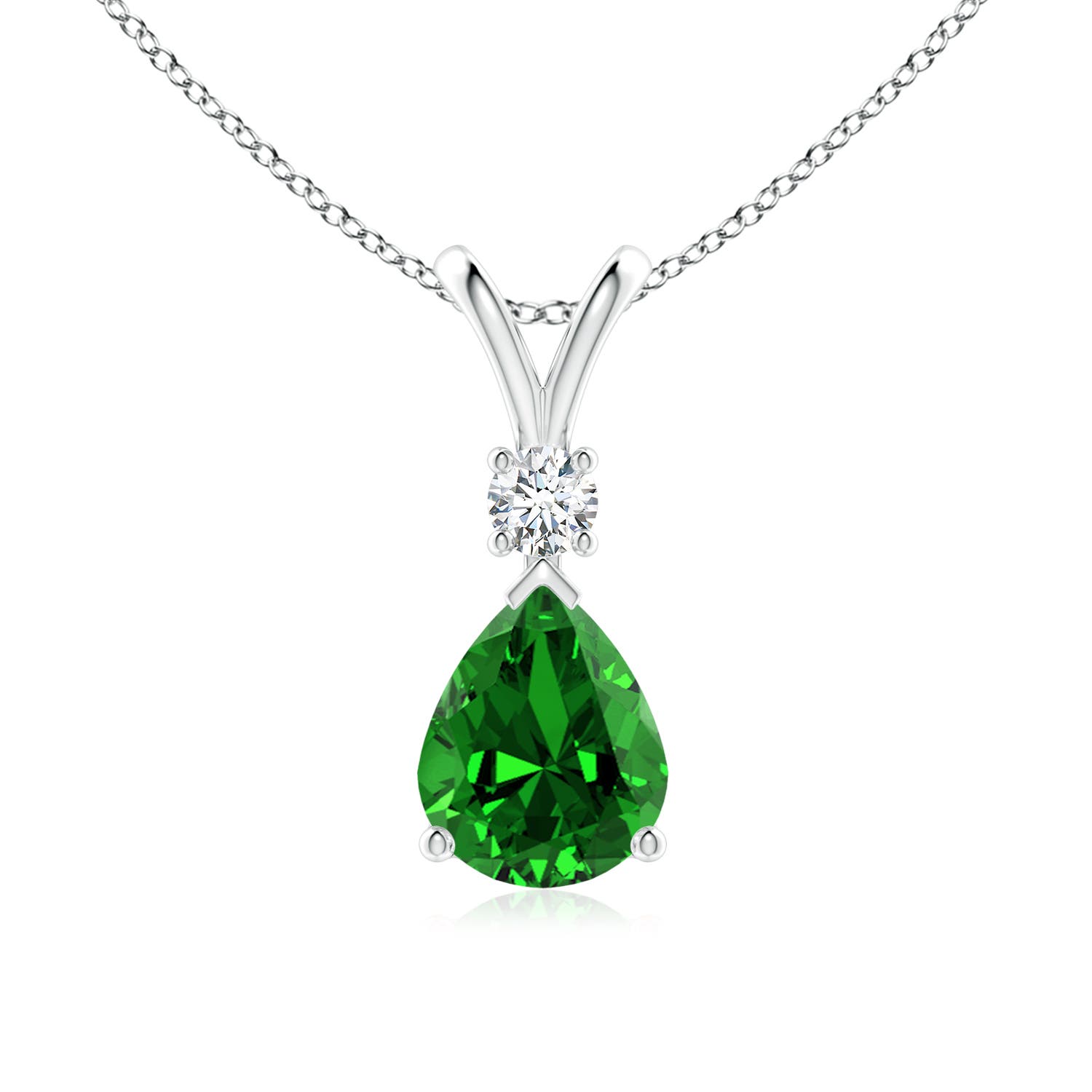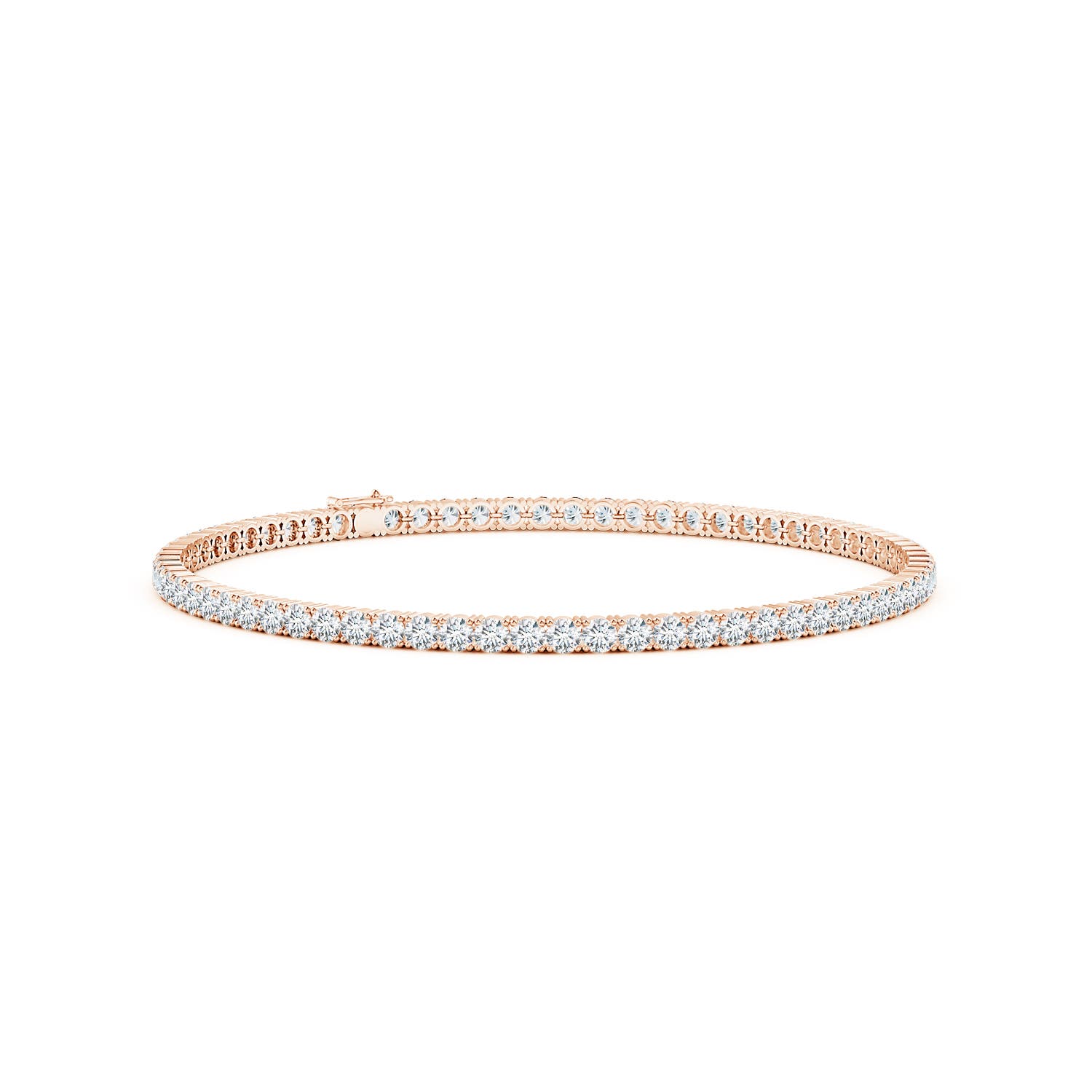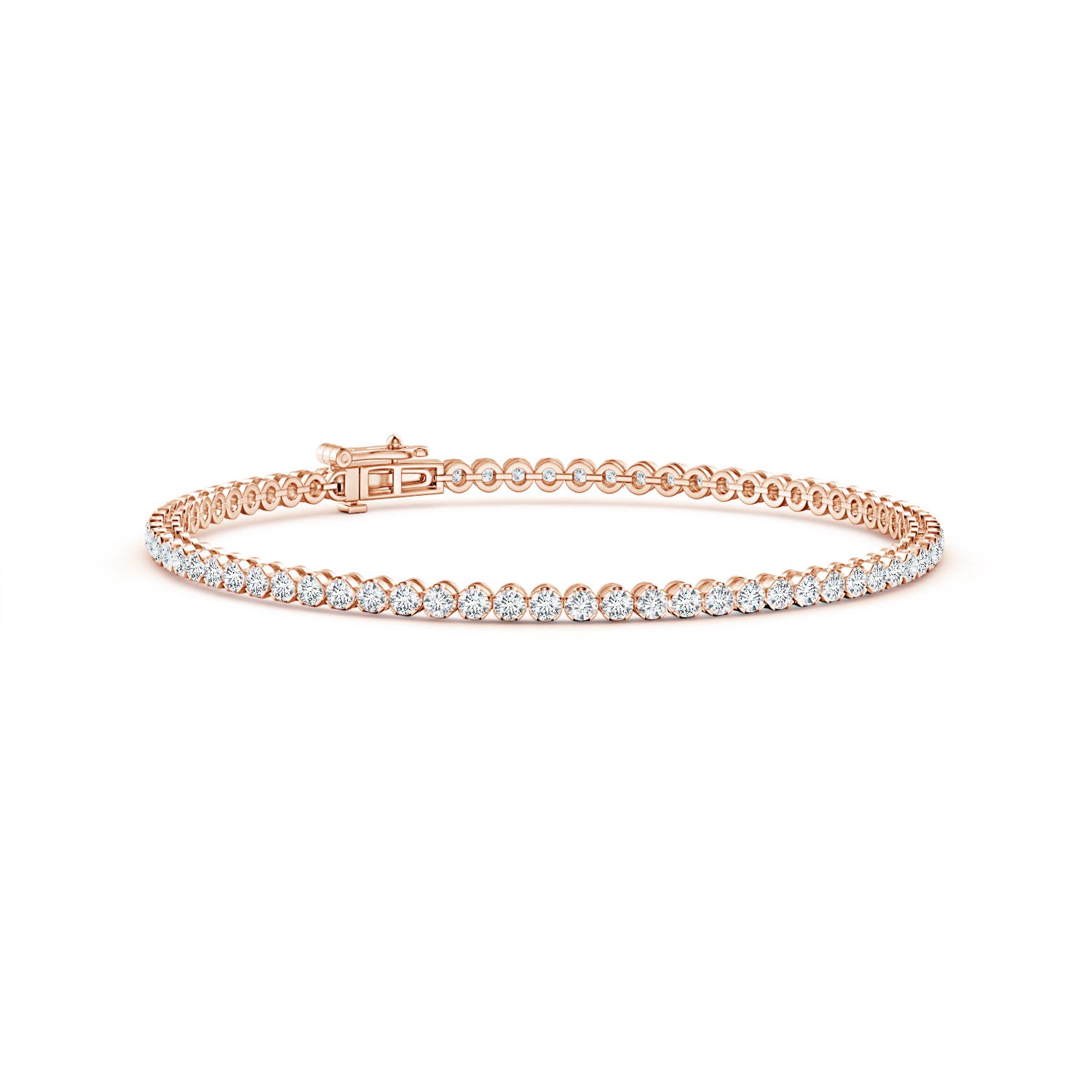Ah, natural gemstones vs. lab-grown gemstones! It’s a debate as old as… well, as old as lab-grown gems themselves. These shimmering beauties have sparked more discussions than pineapple on pizza and honestly, we can totally see why! After all, how many times have you looked at a lab-grown emerald vs. mined emerald, for instance, and not known the differences or similarities between the two?
Natural vs. Lab-Grown Gemstones: What Are the Differences?
| Natural Gemstones | Lab-Grown Gemstones |
| Long history spanning several centuries | Relatively short history |
| Relatively rare | Easily available |
| Typically contain inclusions | Feature few to no inclusions |
1. History
Natural Sapphires:
When people ask us what the major difference between lab-grown sapphires vs. natural sapphires is, we generally talk about the history.
Natural sapphires have been around since the time when togas were all the rage, with ancient Greek and Roman royalty believing these gems could ward off envy and harm.
In the Middle Ages, even the clergy wore blue sapphires to signify heaven. What about the common folk, you ask? Well, they also fed into the hype and believed that the gem could attract heavenly blessings.
And let’s not forget that sapphires were once thought to do everything from preserving chastity to reconciling foes and even influencing spirits along with revealing the secrets of oracles.
Who knew a blue rock could moonlight as a peacemaker and fortune teller?
But wait, there’s more! Remember Lady Diana Spencer’s blue sapphire engagement ring? Ah, yes, that majestic piece of jewelry made a cameo in modern history (when Prince Charles proposed her with it in 1981), forever cementing sapphires as the gem of choice for romantics and royalty alike. Princess Diana proved that sapphires could link us to history and fairy tales, making them truly timeless treasures.
Natural Emeralds:
The first known emerald mines were nestled in the sandy dunes of Egypt, dating back to at least 330 BC. In fact, Cleopatra herself had a penchant for emeralds and frequently adorned herself with these green wonders.
Of course, Egyptians weren’t the only ones who were in love with emerald. Believe it or not, the gem also played a starring role in the conquest of the New World by Spanish explorers in the sixteenth century.
The Incas, who, in our opinion, were way ahead of the fashion curve at the time, had already been adorning themselves with emeralds and using them for their religious ceremonies for 500 years by that point. And while the Spanish didn’t really care for the precious gem, they did trade it for a shiny pile of precious metals. And thus, the emerald craze among the European and Asian royals was born.
Want to know the best part? These green beauties also had several powers associated with them. You read that right; from foreseeing the future when placed under the tongue to revealing truth and warding off evil spells, emeralds were used for several purposes. There was even a time when they were used to cure diseases like cholera and malaria. And let’s not forget the belief that the emerald could do both – bestow eloquence upon its wearer and discern the truth in a lover’s oath.
Lastly, legends also claim that emerald was one of the four precious stones bestowed upon King Solomon by the Almighty, granting him power over all creation.
Now that’s what we call a royal endorsement!
Natural Rubies:
Needless to say, a huge difference between lab-grown rubies vs. mined rubies is their history.
Picture this: Early cultures with their boundless curiosity stumbling upon these dazzling red gems one day and thinking, “Hmm, this looks strangely familiar.”
Believe it or not, that’s pretty much what happened! People in that day and age believed that rubies were the spitting image of the blood coursing through their veins, and naturally, they concluded that rubies held the power of life itself.
But wait, there’s more! Rubies weren’t just pretty stones; they were basically the rock stars of the ancient world. They got name-dropped not once, not twice, but four times in the Bible. Imagine being a ruby and having your name in a bestseller. That’s right, rubies were associated with attributes like beauty and wisdom, making them the original influencers.
Speaking of influencers, in the ancient language of Sanskrit, rubies were referred to as ‘Ratnaraj,’ which translates to ‘King of Gems.’
In the first century AD, Pliny, the Roman scholar included rubies in his legendary work, ‘Natural History’ and described them as hard and dense. Ancient Hindus took it a step further and believed that offering fine rubies to the god Krishna would grant them the ultimate promotion: rebirth as emperors.
But hold on to your gem-encrusted hats because the legends don’t stop there.
In India, people genuinely believed that rubies could help them live with their enemies in peace. And in Burma (which we now call Myanmar), warriors didn’t just wear rubies; they took accessorizing to a whole new level by inserting them into their flesh. They did this because they believed that rubies would make them invincible in battle and if that’s not commitment, we don’t know what is.
As the Western world entered the scene, rubies didn’t lose their luster. They became the holy grail of gems for European royalty and the upper class. Medieval Europeans were convinced that rubies were the secret sauce to health, wealth, wisdom and a thriving love life.
Lab-Grown Sapphires:
The history of these beauties is a bit like a hazy memory from last night’s party – nobody’s quite sure when they made their grand entrance. Some say they crashed the gemstone scene in 1873, while others insist they popped up in the mid-1900s.
Either way, lab-grown blue sapphire jewelry is all the rage right now. And if you want to join the bandwagon but aren’t sure where to start, our range of lab-grown blue sapphire earrings, lab-grown blue sapphire necklaces and lab-grown blue sapphire bracelets will not steer you wrong.
Lab-Grown Emeralds:
These sparklers are created in laboratories under the watchful eye of scientists. The result? Emeralds with few to no inclusions.
So, if you’re yearning for a gemstone as clear as the waters of a pristine mountain lake, you might want to check out our lab-grown emerald bracelets and lab-grown emerald pendants.
Lab-Grown Rubies:
These gems have a shorter history, and their origins are murkier than a cauldron of potions.
Some say that French chemist Marc Gaudin cooked up the first batch of lab-grown rubies in 1837, while others claim that the earliest versions of these gems were the Geneva Rubies. These stones were sold as the real deal in 1885 but were essentially a cheeky concoction of melted-together rubies.
Regardless of their history, these gems are beloved today and if you’re interested in jumping on the lab-grown ruby jewelry bandwagon, our collection of lab-grown ruby earrings, lab-grown ruby necklaces and lab-grown ruby bracelets is a great place to start.
2. Rarity
Natural Sapphires and Rubies:
These precious gemstones are like the rare unicorns of the jewelry world.
Why, you ask?
Well, being part of the mineral clan, these gems can only be grown in environments that do not have silicon.
Sounds like no big deal, right? Not quite!
Silicon, as it turns out, is the life of every mineral party, making natural corundum and gems like sapphires and rubies, by extension relatively rare.
Natural Emeralds:
The divas of the gemstone world, natural emeralds require several years to come into existence. Needless to say, this fact makes them relatively rare.
Did You Know?
Elizabeth Taylor’s emerald pendant sold for a jaw-dropping $6,578,500 in 2011. That’s roughly $280,000 per carat.
Talk about a gem with star power!
Lab-Grown Gemstones:
Thanks to cutting-edge technology, scientists have not only managed to mimic the natural environment in which these gems are formed but have also been able to expedite the process.
As such, lab-grown gems are much more accessible. It’s like they’re the gemstone equivalent of overnight shipping – the Amazon Prime of the jewelry world.
3. Inclusions
Natural Sapphires and Emeralds:
Given their wild journey to the surface, it’s probably no surprise that natural sapphires and emeralds often bear the scars of their adventures.
Some might argue that these inclusions (particularly the smaller ones) are the gemstone equivalent of freckles, adding character to the stone’s beauty. After all, who doesn’t love a gem with a story to tell?
Natural Rubies:
Natural rubies are like the Mona Lisa of gemstones—the majority come with a unique set of ‘flaws’ that make them special. In fact, inclusion-free rubies are about as common as a unicorn offering to pay your rent.
But fear not, for some of these inclusions are actually amp up the gem’s beauty. Rutile silk, for instance, scatters light in a way that adds a dash of softness to the color and evenly spreads its hues.
And what about those needles that intersect in a celestial rendezvous? They create a star effect, also known as asterism. It’s the kind of beauty that makes you forget why the word ‘flaw’ was used in the first place.
Lab-Grown Gemstones:
On the other hand, lab-grown gems are raised in a controlled laboratory environment, under the hawkish gaze of scientists who don’t take ‘inclusions’ for an answer.
So, if you’re all about that impeccable gem life, our lab-grown ruby pendants as well as our lab-grown emerald jewelry pieces, which include, lab-grown emerald earrings, lab-grown emerald bracelets and lab-grown emerald necklaces are sure to be your jam.
Also Read: Sparkle Jackpot! Here Are the Top Reasons to Buy Lab-Grown Diamond Jewelry
Natural vs. Lab-Grown Gemstones: What Are the Similarities?
1. They’re Property Twins
Picture this: A gemstone born from the depths of the Earth, under conditions that make Dante’s Inferno look like a pool party, and right next to it, another one born in a lab, where beakers and scientists are as common as sand and seashells.
You’d expect these two gems to have absolutely nothing in common, right? Wrong!
Despite their disparate origins, these gems share the same optical, physical and chemical properties. It’s like finding out your identical twin was separated from you at birth and raised in a different dimension.
Yes, folks, gemstones have property doppelgangers! From the way they refract light to their Mohs scale hardness, these gemstones are practically mirror images of each other.
And if that isn’t a sign to treat yourself or your boo to our range of lab-grown pendants, lab-grown engagement rings and lab-grown wedding rings, we don’t know what is.
Also Read: What Are Lab-Grown Diamonds? Everything You Need to Know
2. They’re Both Considered Valuable
Moving on to their value, lab-grown gems have been bestowed with a splendid trait that not many people know about —they’re as valuable as their naturally occurring counterparts. Yes, you heard that right! Lab-grown gems have burst onto the scene with all the pizzazz of a Hollywood debutante, proving that true worth isn’t always about the origins.
Imagine presenting your beloved with a lab-grown sapphire engagement ring that’s just as exquisite as any found deep within the Earth’s crust. The beauty lies not just in the gem itself, but in the realization that love, like sapphires, can be genuine whether it’s nurtured in the depths of nature or cultivated with care in a lab. And don’t even get us started on lab-grown sapphire wedding rings—these are the symbol of a love that’s as genuine as it gets.
3. They Can Both Be Cut and Polished to the Same Level of Brilliance
Lab-grown gems, much like their natural counterparts, can be cut and polished to reach the same level of brilliance. It’s like a gemstone rivalry turned friendly competition!
Whether you’re wearing a lab-grown ruby engagement ring or a natural one, you can count on both to radiate that rich, passionate red that’s associated with love and desire. And the same can be said about lab-grown ruby wedding rings too.
Now that you know all about lab-grown sapphires, rubies and emeralds as well as how they compare to their natural counterparts, let’s move on to the next question.
Natural vs. Lab-Grown Gemstones: What is the Best Choice?
Generally speaking, when people learn all about lab-grown rubies, sapphires and emeralds, they typically ask us one question, “Natural vs. lab-grown gemstones: Which is the best choice?”
And honestly, the answer really just depends on your priorities.
For instance, if you’re a traditionalist who loves the idea of wearing a piece of Earth’s history, natural gemstones might be your jam. They’ve got that old-world charm and scarcity factor on their side.
On the other hand, if you love large stones and small price tags, then we highly recommend opting for a lab-grown gemstone.
So, what are you waiting for? Go out there and find your perfect gem now.
























